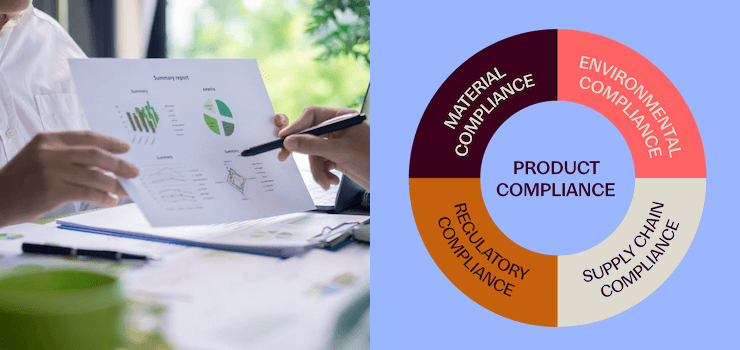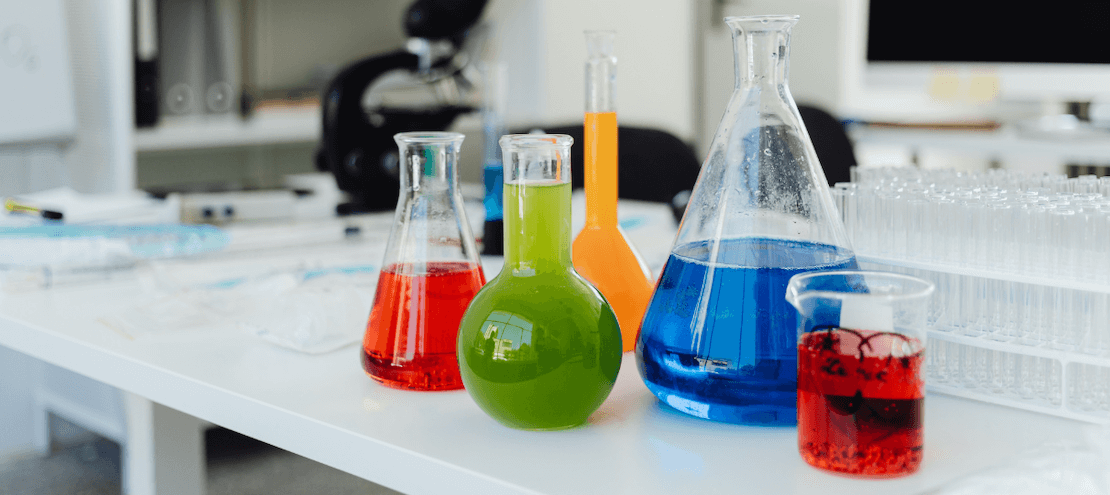More and more people are consuming more consciously and want to know where a product they buy comes from and under what conditions it is manufactured. At the same time, media pressure on companies to bring transparency into their supply chains and take responsibility for social and environmental standards is increasing.
Can we synchronize supply chain compliance management through blockchain technology and make it simpler and safer for companys to bring more transparency in their supply chain?
Gunter Walden (GW), founder and CEO of CircularTree, Member of iPoint Group, explains how blockchain technology can help companies to implement these requirements.
Mr. Walden, what exactly does CircularTree do and what is your goal?
GW: We want to provide information about the material composition of products for an efficient and sustainable Circular Economy. We are currently working on a project that aims to make the origin and social and environmental standards of conflict minerals digitally available throughout the supply chain with the blockchain. This enables OEMs to meet their sustainability targets for the raw materials they use.
How do you bring sustainability and digitization together? What digital innovations do you use to pursue sustainable goals?
GW: We build on blockchain technology to securely track information across multiple supply chain actors – e.g., from the mine to the smelter. This enables information on social and environmental standards to reach OEMs. The OEMs then have the opportunity to directly participate in improving working and environmental conditions through agreements with the mine.
What is the mission of your startup? What motivated you to start a sustainable digital business?
GW: Joerg Walden, one of our founders, founded iPoint in 2001 to offer companies solutions for product compliance and sustainability. The founders of CircularTree realized that the blockchain opens new opportunities for OEMs to get information directly from the source of raw materials that cannot be manipulated by ‘middlemen’.
How does your startup make a positive contribution to the environment or society?
GW: Currently there is little transparency concerning the environmental impact of consuming products containing raw materials from developing countries with lower en vironmental and social standards. Our goal is to achieve responsibility on the part of consumers and companies based on greater transparency so that social and environmental standards can be improved.
Do you collect the data you need and if so, can environmental sustainability effects be measured or estimated?
GW: We see ourselves as a service provider that creates transparency and can thus say which standards are being adhered to. Of course, this involves energy and resource expenses, which must be included in the overall assessment. Our clear goal is to keep the effort as low as possible.
A look into the future: What opportunities do you see in digitalization for a sustainable future worth living in – and what risks?<
GW: Digitalization offers the opportunity to make processes much more efficient and transparent. Thereby, direct sustainable effects can be achieved or improvement measures can be initiated through the concrete interrelationships. But it is also clear that digitalization alone will not create a sustainable future worth living in. The transparency resulting from digitalization must be used to actually make the processes more sustainable. Digitalization even supports this, but the initiative must come from responsible people.





.png)
